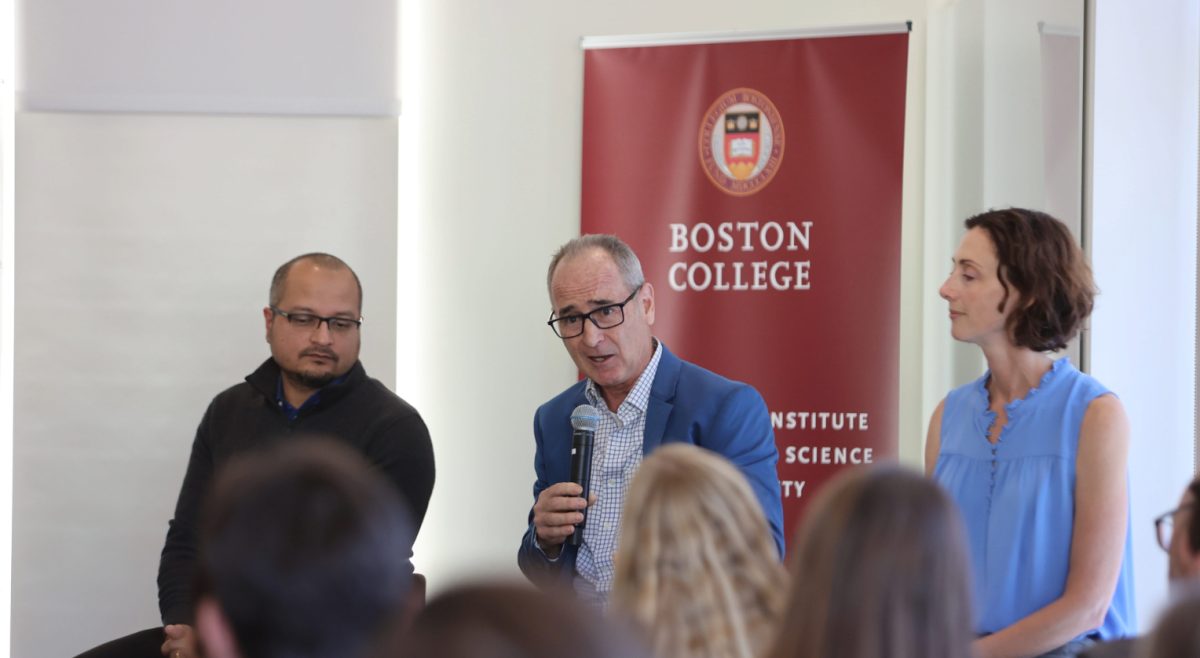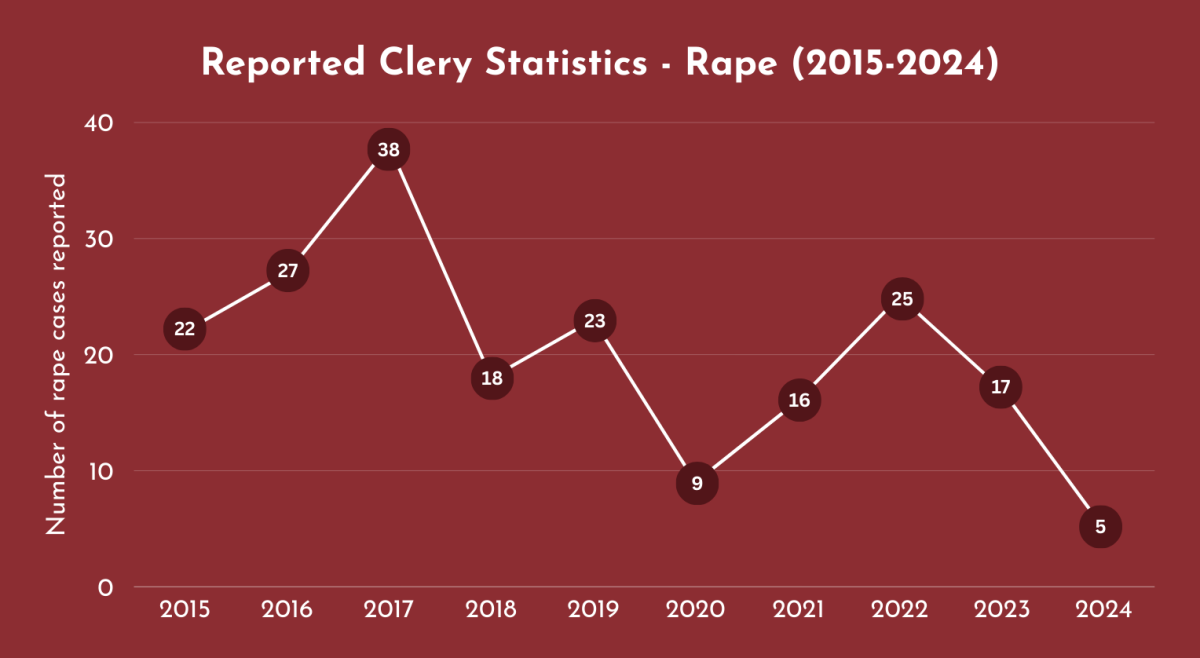Linda Sax, professor of higher education in the Graduate School of Education and Information Studies at UCLA, lectured on the gender and race gaps that exist within the realm of computer science education on Thursday.
Sax reflected on how, at an early age, she found interest in math and assumed that any gender disparity in the field would be solved by the time she had grown up. As more and more of her friends failed to take higher-level math courses, Sax became interested in the use of statistical analysis and its application to quantitative research on social inequities.
Sax described the negative experience she had with math as an undergraduate at University of California, Berkeley.
“I was in a really large lecture hall, I couldn’t really connect [with] or understand the professor, [and] there were relatively few women in that class compared to men,” Sax said. “I started questioning my own abilities.”
But when Sax took a class called Sociology of Education, she realized quantitative methods were being used to document social inequities.
“Finally, the numbers meant something,” she said.
Sax directed the Cooperative Institutional Research Program’s national survey of undergraduate freshmen for 12 years, exploring the trends of women in undergraduate courses in science, technology, engineering, and math (STEM).
One of the studies, according to Sax, showed that 40 to 60 percent of men entering college saw themselves as mathematically competent, whereas only 30 to 40 percent of women felt this way.
“This gender gap has basically not changed,” Sax said. “When I began doing this research in the ’90s, I had imagined that this gap was going to close, and it has not.”
Sax said that when the top 10 percent of participants were studied, around 49 percent of men saw themselves as “top-10 material,” while only around 29 percent of women saw themselves as such. That stat is important because “math confidence” often determines whether people choose a STEM major, according to Sax.
She leads the research team for the Building, Recruiting, and Inclusion for Diversity (BRAID) initiative, a program made up of 15 schools that have committed to promoting gender and racial diversity in undergraduate computing.
The universities follow four pillars to be a part of BRAID: modifying computer science courses to be more appealing to those without prior experience, leading outreach programs to local high schools, building communities for underrepresented students, and promoting joint majors that are attractive to underrepresented students.
“The theory behind BRAID … is that it’s the department chair that makes the difference,” Sax said. “With leadership from the top of the department, you will more likely be able to enact more positive change with diversity.”
Through data provided by student research, Sax has found that 14 of the 15 universities that have participated in BRAID showed faster growth in percentage of female enrollment in computing programs.
Sax sees the initiative’s next steps as conducting long-term case studies of the students enrolled in BRAID universities, as well as helping universities deal with increased demand in the computer science departments.
“There’s a lot of work to do” Sax said. “Computing is one of the fastest-growing occupations. There is global demand and lots of opportunities for students with computing skills across all industries. Research thus far suggests that the most diverse teams are better in terms of their output—so diversity matters not only for the individual, but for development of technology.”
Correction: An earlier version of this article incorrectly stated that Sax directed the Strategic Education Research Partnership, not the Cooperative Institutional Research Program.
Featured Image by Maggie DiPatri / Heights Editor












